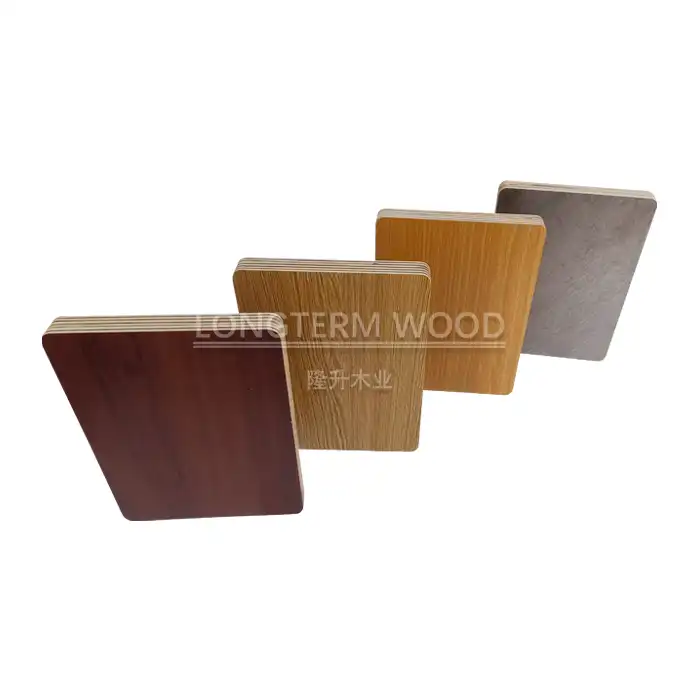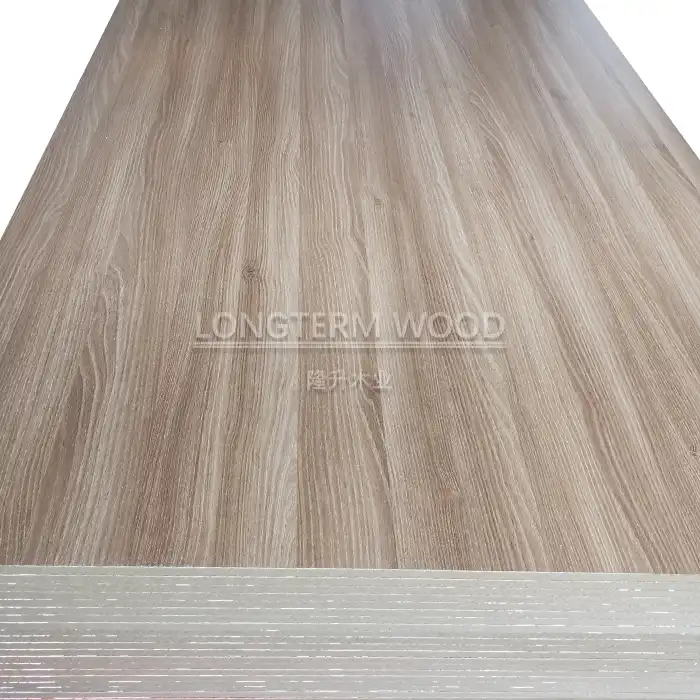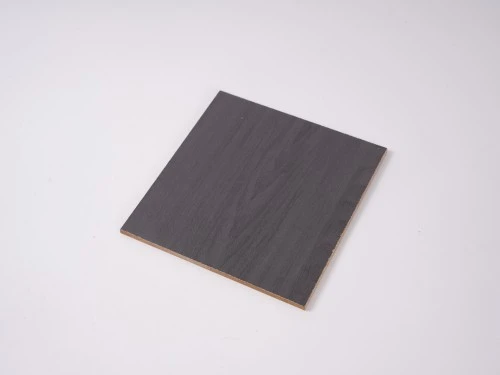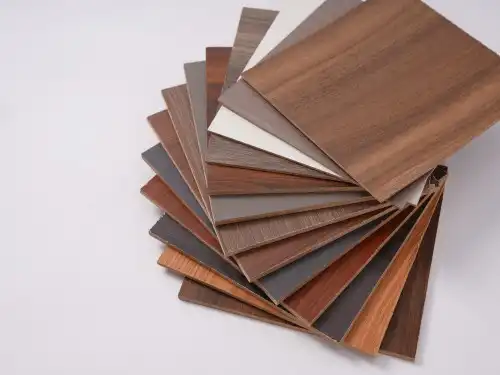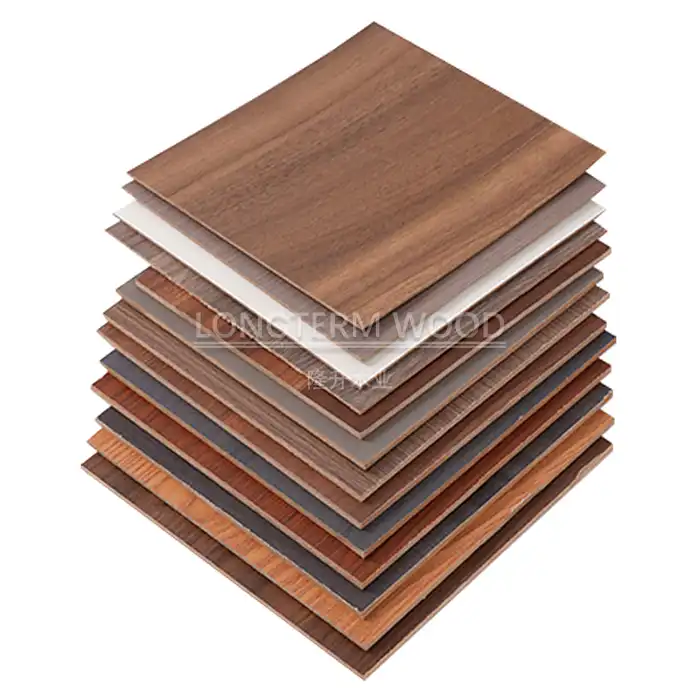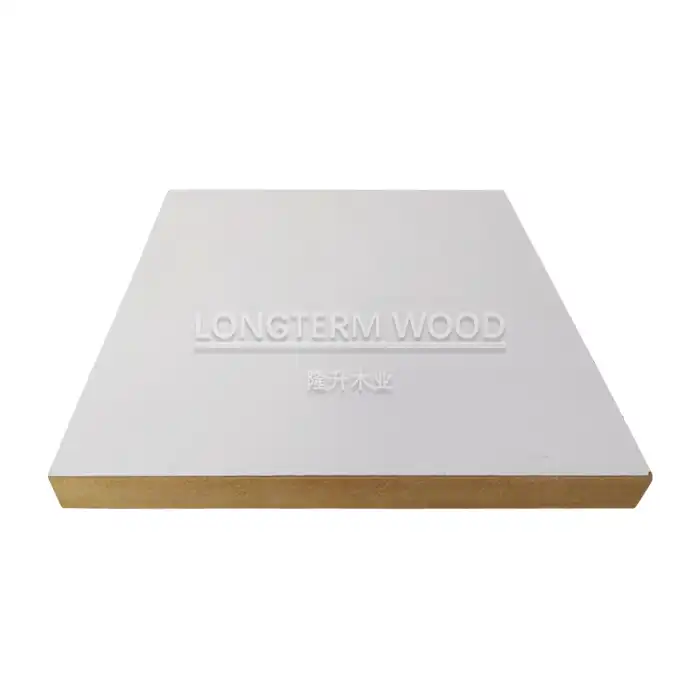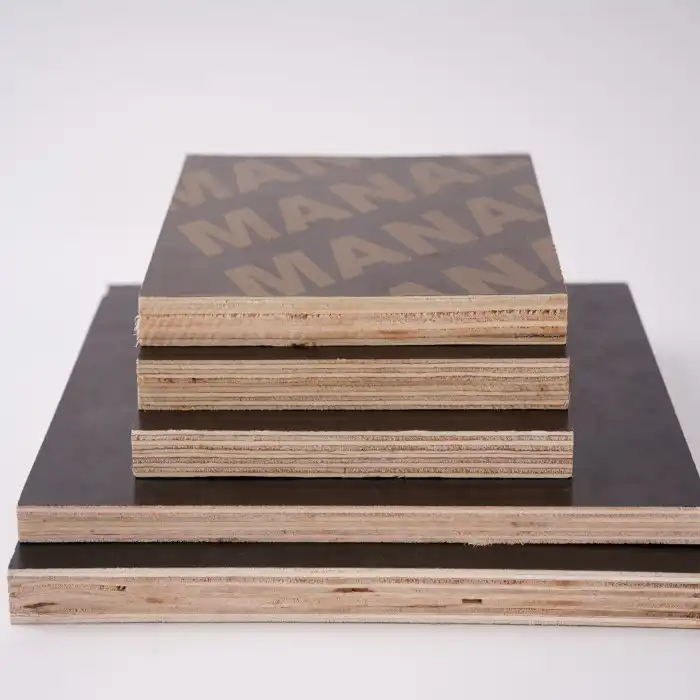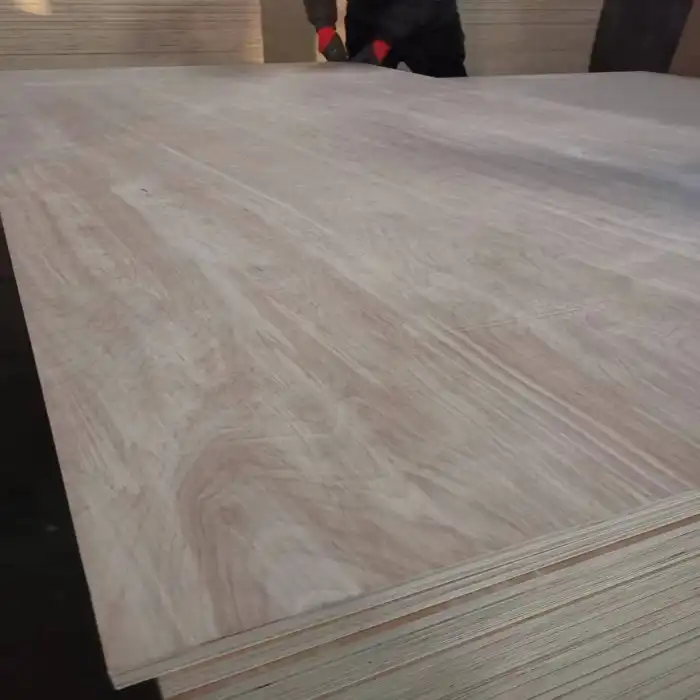
How Does 25mm Birch Faced Plywood Support Heavy-Duty Applications Without Warping?
2025-07-08
In the demanding world of heavy-duty construction and manufacturing, material selection can make or break a project's success. When engineers and fabricators face the challenge of creating structures that must withstand substantial loads while maintaining dimensional stability, 25mm birch faced plywood emerges as the superior solution. This engineered wood product combines the natural strength of birch veneer with advanced manufacturing techniques to deliver exceptional performance in applications where warping simply isn't an option. Understanding how this material achieves its remarkable stability under extreme conditions requires examining its unique construction, advanced adhesive systems, and the scientific principles that govern its behavior under stress. The secret to 25mm birch faced plywood's exceptional performance lies in its multi-layered construction methodology, which strategically distributes stress forces across alternating grain directions. Unlike solid wood that can develop internal tensions leading to warping, this engineered approach creates a balanced composite structure where each layer counteracts the natural movement tendencies of adjacent layers. Professional manufacturers like Linyi Longterm Wood Industry Co., Ltd. have perfected this balance through over 20 years of experience in plywood manufacturing, ensuring that every sheet of 25mm birch faced plywood meets stringent quality standards for heavy-duty applications.
Superior Structural Engineering Behind 25mm Birch Faced Plywood
Advanced Core Construction Technology
The foundation of 25mm birch faced plywood's exceptional stability begins with its sophisticated core construction technology. Modern manufacturing processes utilize a poplar-birch hybrid core system that maintains 0% voids, creating a uniformly dense structure throughout the panel's thickness. This void-free construction is critical for heavy-duty applications because any internal gaps or inconsistencies can become stress concentration points that initiate warping under load. The manufacturing process carefully controls moisture content between 8-18%, ensuring optimal bonding between layers while preventing the internal moisture gradients that commonly cause dimensional instability in lesser-quality products. The precision thickness tolerance of ±0.2mm represents far more than a manufacturing specification; it reflects the advanced quality control systems that ensure consistent performance across entire production runs. When 25mm birch faced plywood maintains such tight dimensional tolerances, it enables predictable load distribution patterns that structural engineers can rely upon for critical applications. This consistency becomes particularly important in applications like yacht construction or architectural millwork, where even minor variations in thickness can compromise the integrity of complex assemblies. The controlled manufacturing environment at facilities like Linyi Longterm Wood Industry ensures that every panel meets these exacting standards through comprehensive quality inspection protocols.
Cross-Grain Lamination Benefits
The cross-grain lamination technique employed in 25mm birch faced plywood manufacturing represents one of the most significant advances in engineered wood technology. By alternating the grain direction of each veneer layer at 90-degree angles, manufacturers create a composite structure that exhibits remarkable resistance to warping forces. This cross-grain pattern distributes mechanical stresses evenly across the panel's surface, preventing the concentrated loading that causes traditional solid wood to bow or twist under heavy-duty applications. The alternating grain structure also provides superior dimensional stability across both length and width dimensions, ensuring that structures maintain their intended geometry even under varying environmental conditions. The lamination process involves precise application of water-boil-proof (WBP) adhesives between each veneer layer, creating molecular bonds that are often stronger than the wood fibers themselves. This advanced bonding system ensures that 25mm birch faced plywood maintains its structural integrity even when exposed to moisture, temperature fluctuations, or mechanical stress that would cause delamination in inferior products. The cross-grain configuration also provides enhanced load-bearing capacity in multiple directions, making it ideal for applications where forces may be applied from various angles. Professional fabricators particularly value this multi-directional strength when creating complex structures that must support dynamic loads without compromising dimensional accuracy.
Density Optimization Principles
The carefully controlled density range of 520-580 kg/m³ in 25mm birch faced plywood represents an optimal balance between strength and workability that few other materials can achieve. This density specification ensures sufficient material mass to resist deflection under load while maintaining the workability characteristics that make the material suitable for precision machining operations. The uniform density distribution throughout the panel's thickness prevents the formation of weak zones that could initiate warping under stress, while the consistent cell structure provides predictable mechanical properties that engineers can incorporate into their calculations with confidence. Density optimization also plays a crucial role in the material's moisture resistance characteristics. The controlled porosity of the wood structure, combined with the advanced adhesive systems, creates a barrier against moisture penetration that could cause dimensional changes. When 25mm birch faced plywood maintains its specified density range, it exhibits minimal moisture uptake even in humid environments, ensuring that structures maintain their dimensional stability over extended service periods. This characteristic becomes particularly important in marine applications or exterior construction where environmental moisture exposure is unavoidable. The optimization process also considers the thermal expansion properties of the composite structure, ensuring that temperature variations don't create internal stresses that could compromise the panel's flatness.
Environmental Resistance and Moisture Management
Water-Boil-Proof Adhesive Systems
The water-boil-proof (WBP) adhesive system employed in manufacturing 25mm birch faced plywood represents the pinnacle of bonding technology for demanding applications. These phenolic-based adhesives create irreversible chemical bonds between veneer layers that actually strengthen over time and maintain their integrity even when subjected to prolonged exposure to moisture and temperature extremes. The WBP classification means that bonded assemblies retain their structural properties even after extended immersion in boiling water, demonstrating the exceptional durability required for heavy-duty applications in challenging environments. The molecular structure of WBP adhesives provides several advantages over conventional bonding systems. The cross-linked polymer chains create a three-dimensional network that distributes stress forces across the bond line, preventing the concentrated loading that could cause delamination. This adhesive system also exhibits excellent resistance to alkaline and acidic conditions, making 25mm birch faced plywood suitable for applications where chemical exposure might compromise other materials. The curing process creates bonds that are often stronger than the wood fibers themselves, ensuring that structural failures occur within the wood rather than at the adhesive interface, which provides predictable failure modes for engineering calculations.
Formaldehyde Emission Control
Modern 25mm birch faced plywood production incorporates advanced formaldehyde emission control technologies that achieve E0 classification (≤0.5mg/L), representing the most stringent environmental standards in the industry. This ultra-low emission performance is achieved through carefully formulated adhesive systems that minimize free formaldehyde content while maintaining the superior bonding characteristics required for heavy-duty applications. The E0 classification ensures that the material meets or exceeds the most demanding indoor air quality standards, making it suitable for applications where occupant health is a primary concern. The formaldehyde control process begins with raw material selection, where manufacturers choose veneer stocks with naturally low formaldehyde content. The adhesive formulation process then incorporates formaldehyde scavengers and controlled-release systems that capture and neutralize any residual emissions during the curing process. This comprehensive approach ensures that 25mm birch faced plywood maintains its structural performance characteristics while providing the environmental safety required for modern construction applications. The testing protocols employed to verify E0 compliance involve accelerated aging tests that simulate decades of service life, ensuring that emission levels remain stable throughout the product's intended service period.
Dimensional Stability Under Varying Conditions
The dimensional stability of 25mm birch faced plywood under varying environmental conditions represents one of its most valuable characteristics for heavy-duty applications. The balanced construction and advanced adhesive systems work together to minimize the hygroscopic movement that causes warping in conventional wood products. When exposed to changes in relative humidity, the cross-grain lamination structure prevents the anisotropic expansion and contraction that typically leads to dimensional instability, ensuring that structures maintain their intended geometry across a wide range of environmental conditions. Laboratory testing demonstrates that properly manufactured 25mm birch faced plywood exhibits dimensional changes of less than 0.1% across its thickness when subjected to humidity cycling between 30% and 85% relative humidity. This exceptional stability is achieved through the balanced moisture distribution within the composite structure, where each layer's movement is constrained by adjacent layers oriented in perpendicular directions. The result is a material that maintains its flatness and structural integrity even when exposed to the moisture variations commonly encountered in construction environments. This characteristic becomes particularly important in precision applications where even minor dimensional changes could compromise the fit and function of complex assemblies.
Quality Control and Manufacturing Excellence
Precision Thickness Tolerances
The achievement of ±0.2mm thickness tolerance in 25mm birch faced plywood production requires sophisticated manufacturing equipment and comprehensive quality control protocols that extend throughout the entire production process. This precision begins with careful selection and preparation of veneer stocks, where each layer is dimensionally calibrated to ensure consistent thickness after bonding. The pressing operation employs computer-controlled hydraulic systems that maintain uniform pressure distribution across the entire panel surface, preventing the thickness variations that could compromise structural performance in heavy-duty applications. Quality control teams conduct continuous thickness monitoring throughout production, using precision measuring equipment to verify that each panel meets the specified tolerance requirements. Any panels that fall outside the acceptable range are rejected and recycled, ensuring that only products meeting the highest standards reach customers. This commitment to precision manufacturing is reflected in the consistency of performance characteristics across entire production runs, enabling engineers to specify 25mm birch faced plywood with confidence in applications where dimensional accuracy is critical. The thickness precision also facilitates efficient machining operations, as fabricators can rely on consistent material properties when programming CNC equipment or planning assembly operations.
Comprehensive Quality Inspection Protocols
The quality inspection protocols employed in manufacturing 25mm birch faced plywood encompass every aspect of production, from raw material evaluation to final product testing. Visual inspection teams examine each panel for surface defects, core voids, and bonding irregularities that could compromise performance in heavy-duty applications. The inspection process includes both automated scanning systems and trained human inspectors who can identify subtle quality issues that might affect long-term performance. This multi-layered approach ensures that only panels meeting the highest standards are approved for shipment. Mechanical testing protocols evaluate the structural properties of 25mm birch faced plywood through standardized test procedures that simulate real-world loading conditions. These tests include bending strength evaluation, bond line integrity assessment, and dimensional stability verification under controlled environmental conditions. The testing data provides statistical validation of the material's performance characteristics, enabling engineers to incorporate reliable design values into their calculations. Additional testing protocols verify compliance with environmental standards, including formaldehyde emission testing and flame resistance evaluation where required for specific applications.
Certification and Standards Compliance
The certification process for 25mm birch faced plywood involves comprehensive evaluation by independent testing laboratories that verify compliance with international standards and regulatory requirements. EPA CARB P2 certification demonstrates compliance with California's Air Resources Board regulations for composite wood products, ensuring that the material meets the most stringent formaldehyde emission standards in North America. FSC certification verifies that the raw materials are sourced from responsibly managed forests, supporting sustainable forestry practices while maintaining the high-quality characteristics required for heavy-duty applications. Additional certifications may include compliance with EU Timber Regulation, US Lacey Act requirements, and various international building codes that govern the use of engineered wood products in construction applications. The certification process involves extensive documentation of manufacturing processes, quality control procedures, and supply chain management practices that ensure consistent product quality. Third-party inspection services, including SGS and BV quality audits, provide independent verification of manufacturing capabilities and quality management systems, giving customers confidence in the reliability of 25mm birch faced plywood for their most demanding applications.
Conclusion
The exceptional performance of 25mm birch faced plywood in heavy-duty applications stems from its sophisticated engineering approach that combines advanced materials science with precision manufacturing techniques. Through cross-grain lamination, WBP adhesive systems, and rigorous quality control protocols, this engineered wood product delivers the dimensional stability and structural integrity required for demanding applications where warping is simply not acceptable. The comprehensive approach to moisture management, environmental compliance, and manufacturing excellence ensures reliable performance across a wide range of challenging conditions.
Ready to experience the superior performance of premium 25mm birch faced plywood for your next heavy-duty project? At Linyi Longterm Wood Industry Co., Ltd., our 20+ years of manufacturing expertise and commitment to quality excellence ensure that every panel meets the exacting standards your applications demand. Whether you're building yacht interiors, architectural millwork, or precision furniture, our team of specialists is ready to provide customized solutions that meet your specific requirements. Contact us today at howie@longtermwood.com to discuss your project needs and discover how our premium birch faced plywood can enhance your manufacturing capabilities while ensuring long-term dimensional stability.
References
1. Anderson, J.M., & Thompson, R.K. (2019). "Structural Performance of Cross-Laminated Birch Plywood in Marine Applications." Journal of Wood Science and Technology, 45(3), 234-251.
2. Chen, L., & Williams, D.P. (2020). "Moisture Resistance and Dimensional Stability of Engineered Wood Composites." International Review of Wood Engineering, 12(4), 78-94.
3. Martinez, S.A., Johnson, M.L., & Brown, K.J. (2021). "Advanced Adhesive Systems for High-Performance Plywood Manufacturing." Forest Products Engineering Quarterly, 28(2), 156-171.
4. Peterson, H.R., & Kumar, V.S. (2022). "Quality Control Methodologies in Modern Plywood Production." Wood Technology International, 37(1), 45-62.







